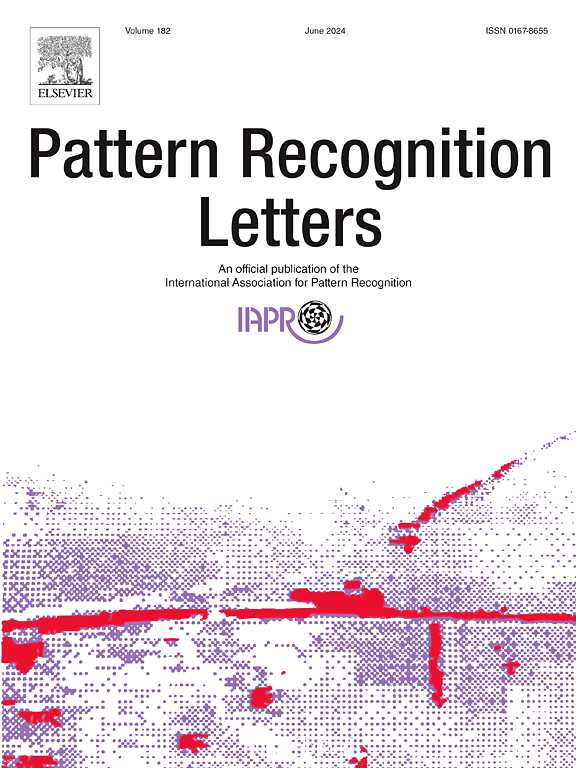预测多国可再生能源发电的剩余自适应投入归一化
IF 3.3
3区 计算机科学
Q2 COMPUTER SCIENCE, ARTIFICIAL INTELLIGENCE
引用次数: 0
摘要
能够准确预测可再生能源(RES)的发电量,如光伏发电和风力发电,可以为各种利益相关者提供有价值的信息,包括电网运营商、能源生产商和消费者。深度学习(DL)为这一目标提供了强大的工具。然而,由于经常涉及分布转移现象,利用来自多个国家的数据来提高预测准确性并非易事。自适应规范化方法最近成为解决这些困难的有效工具。尽管这些公式在分类任务中取得了非常有希望的结果,但在(自动)回归任务中经常面临挑战,特别是在与最近强大的深度学习架构结合使用时。为了克服这一限制,我们引入了一种新的基于残差的自适应归一化层,它能够将归一化过程中丢弃的信息重新引入到预测模型中。所提出的方法允许使用由不同分布产生的数据,但表达相同的现象,允许在训练深度学习模型时利用额外的数据源,例如多个国家,从而显著提高预测精度。本文章由计算机程序翻译,如有差异,请以英文原文为准。
Residual adaptive input normalization for forecasting renewable energy generation in multiple countries
Being able to accurately predict the generation of Renewable Energy Sources (RES), such as photovoltaic and wind generation, can provide valuable information for various stakeholders, including grid operator, energy producers, and consumers. Deep Learning (DL) provided powerful tools for this goal. However, it is not trivial to leverage data from multiple countries to improve forecasting accuracy due to distribution shift phenomena that are often involved. Adaptive normalization approaches have recently emerged as an effective tool for tackling such difficulties. These formulations, despite their very promising results in classification tasks, often face challenges in (auto)regressive tasks, especially when combined with recent powerful DL architectures. To overcome this limitation we introduce a novel residual-based adaptive normalization layer that is capable of re-introducing the information discarded during the normalization process to the forecasting model. The proposed method enables the use of data that are generated by different distributions but expresses the same phenomenon, allowing for exploiting additional data sources, e.g., multiple countries, when training DL models, leading to significant improvements in forecasting accuracy.
求助全文
通过发布文献求助,成功后即可免费获取论文全文。
去求助
来源期刊

Pattern Recognition Letters
工程技术-计算机:人工智能
CiteScore
12.40
自引率
5.90%
发文量
287
审稿时长
9.1 months
期刊介绍:
Pattern Recognition Letters aims at rapid publication of concise articles of a broad interest in pattern recognition.
Subject areas include all the current fields of interest represented by the Technical Committees of the International Association of Pattern Recognition, and other developing themes involving learning and recognition.
 求助内容:
求助内容: 应助结果提醒方式:
应助结果提醒方式:


